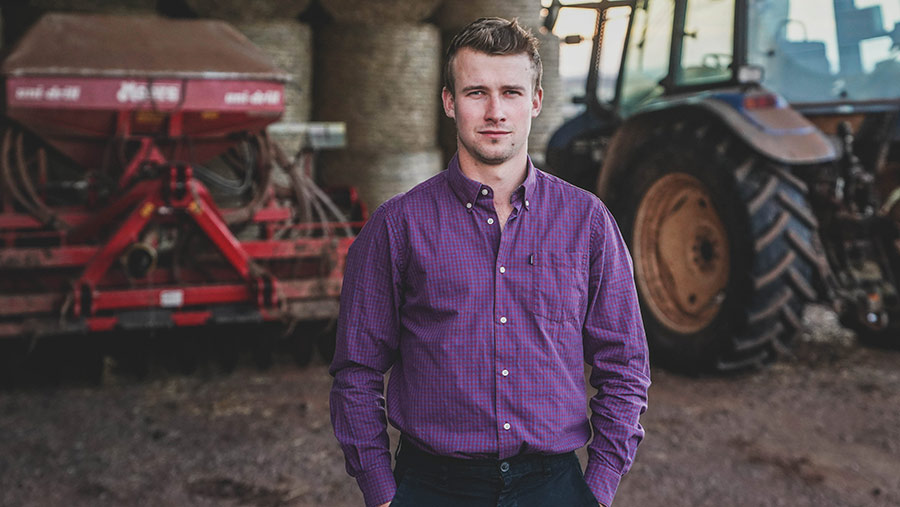Farmer Focus: Disappointing BYDV-tolerant winter barley yields
 Richard Harris © Emily Fleur
Richard Harris © Emily Fleur Like most, the dryer has been in action this summer. Fortunately, the winter barley was fit by the time the combine came through at 12.5% moisture. Grain was put straight away into silos and straw baled.
Unfortunately, that was the best thing about the winter barley. Yields were below average for both grain and straw, knocking around 7.5t/ha and 17 round bales/ha.
It would appear the six-row varieties still have a tendency to drop heads if the weather turns poor, with a lot of ears on the floor.
See also: Harvest 2023: Some good oilseed rape yields but most are down
There is nothing to pick between the two barley yellow dwarf virus (BYDV) varieties Feeris and Sensation. If anything, the Sensation seemed to drop more heads.
So, we’ll be back to the two-rows next year and drop the idea of the SFI non-insecticide winter barley.
This is a shame, but the fragility of the six-rows seems too great a risk for a £45/ha payment along with a three-year commitment agreement.
The accidental BYDV trial when comparing the BYDV-tolerant six-rows to a two-row looks to have cut the yield by 50% according to the yield mapping.
Visually, it was chalk and cheese throughout the spring and highlights the pressure we can face in south Devon.
It appears we will be back using insecticides more than we’d like otherwise the crop will be unviable to grow.
In better news, we had a little weather window appear at the end of July to cut the wheat blend, and with the contractor available and long forecast looking unsettled to damn-right rubbish, we thought 18-19% moisture was dry enough.
It is now all in the silos after a few days going through the dryer. Straw was dry and baled right up behind the combine, yielding 28 round bales/ha. That’s very good for us.
Grain yields were about 9-10t/ha depending on the bushel weight, which seemed good when pulling the trailers around. Overall I’m pleased for 170kg/ha of nitrogen, with a full fungicide and nutrient programme.


